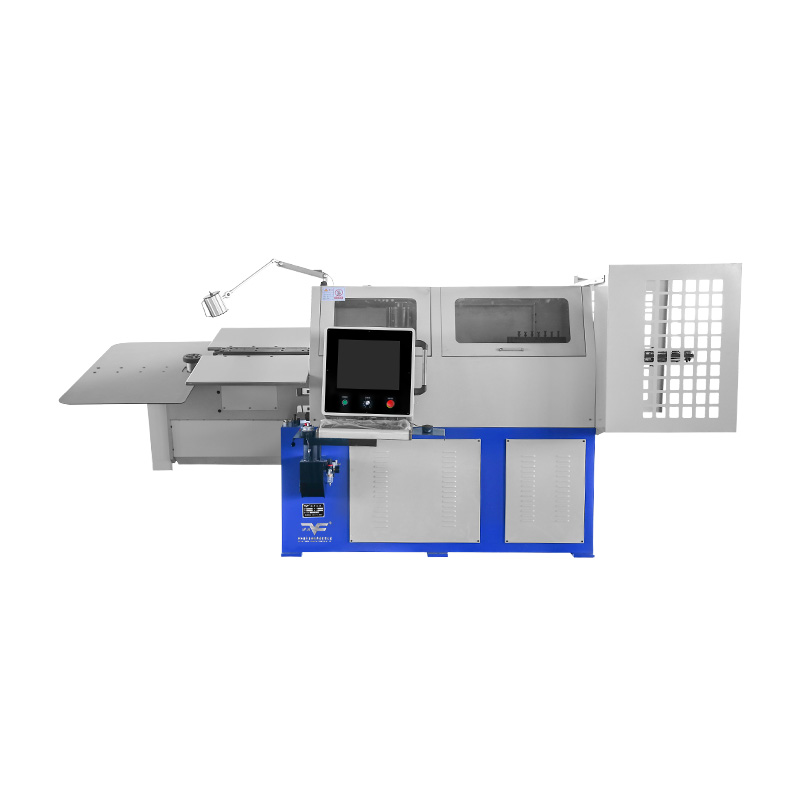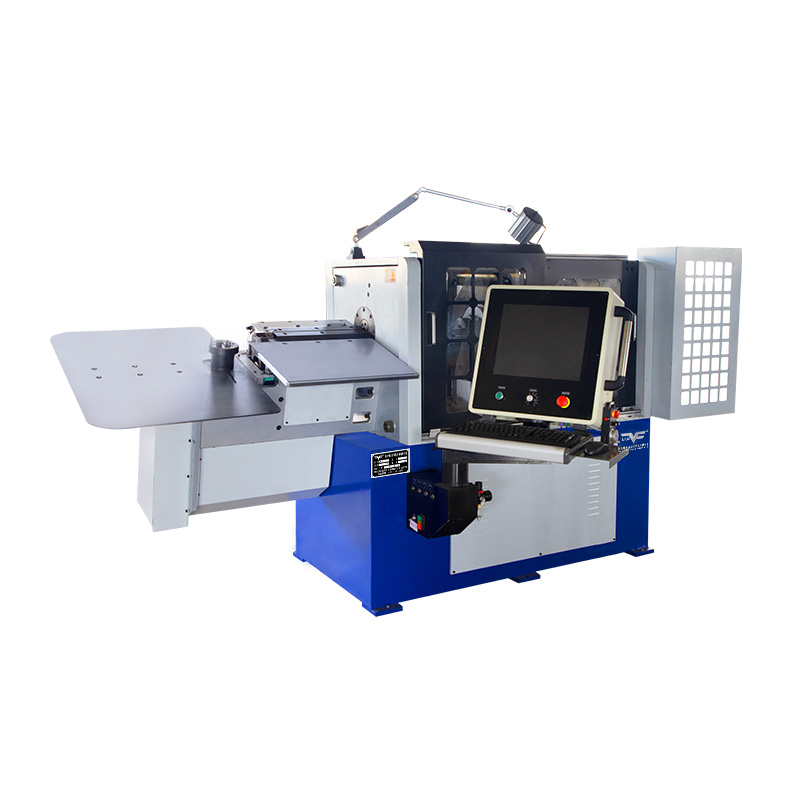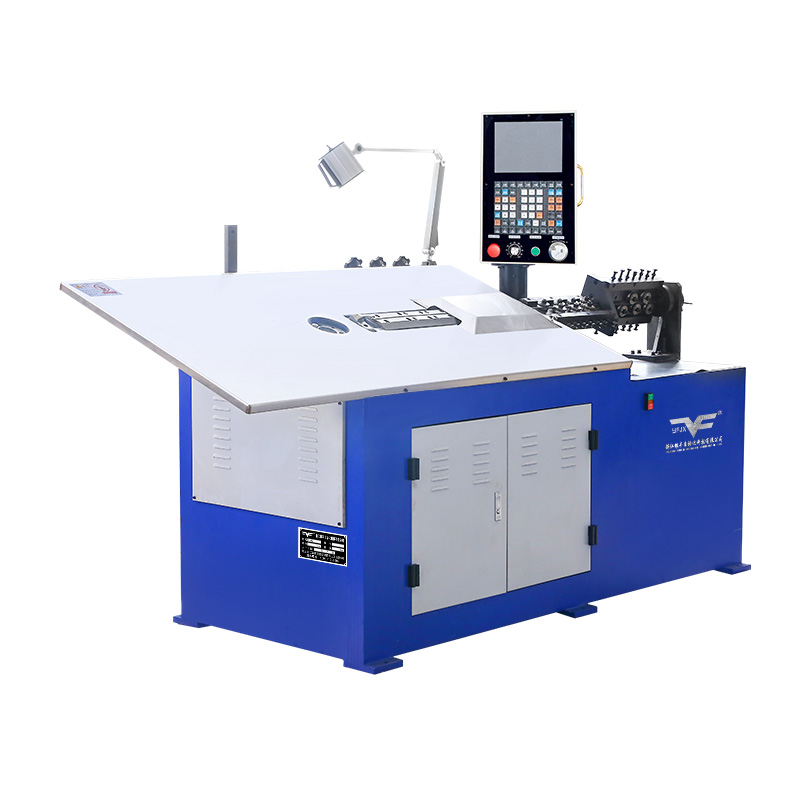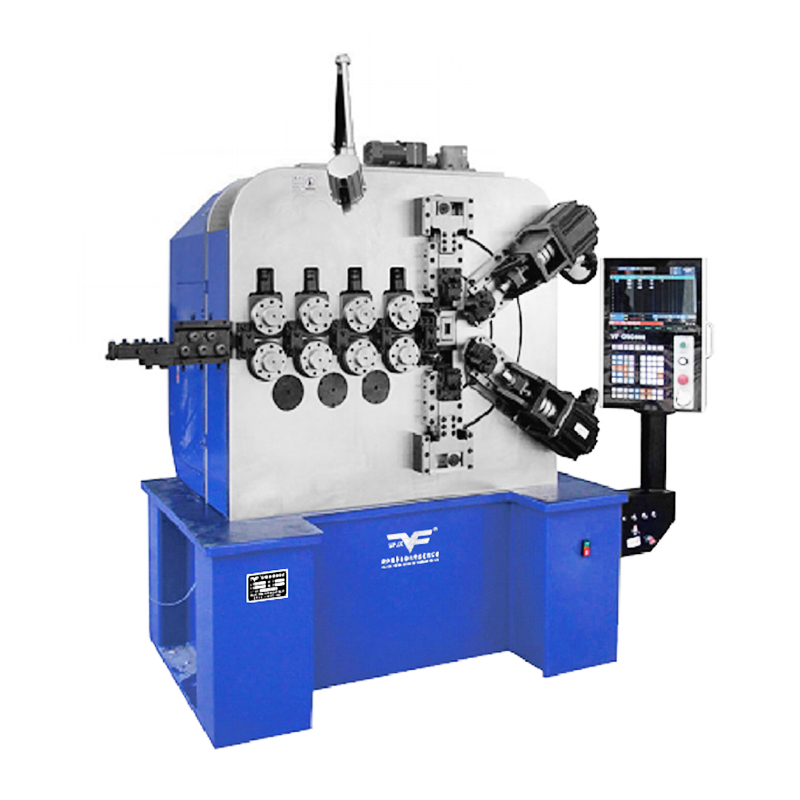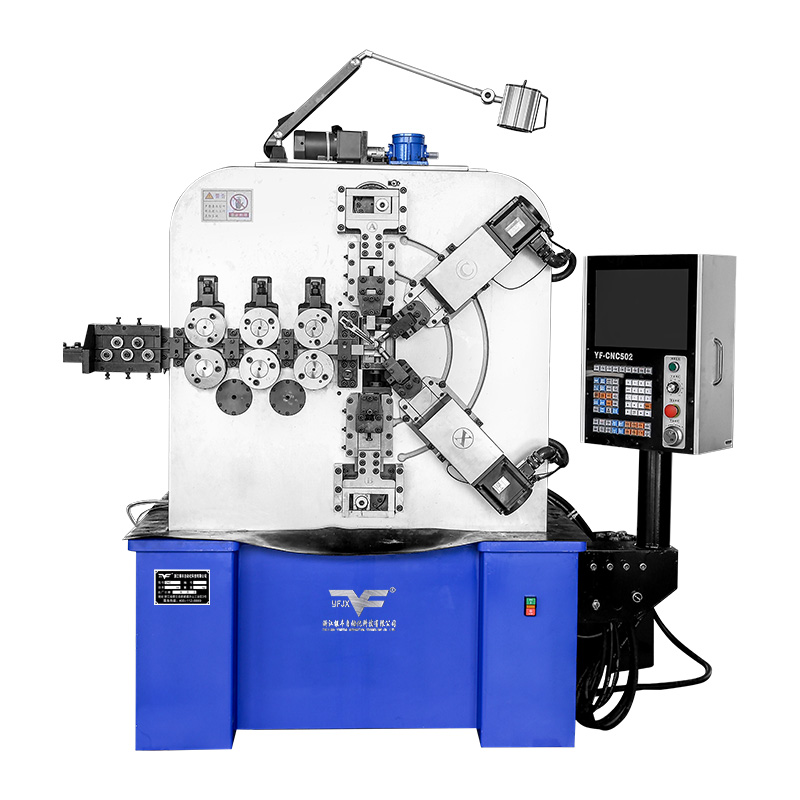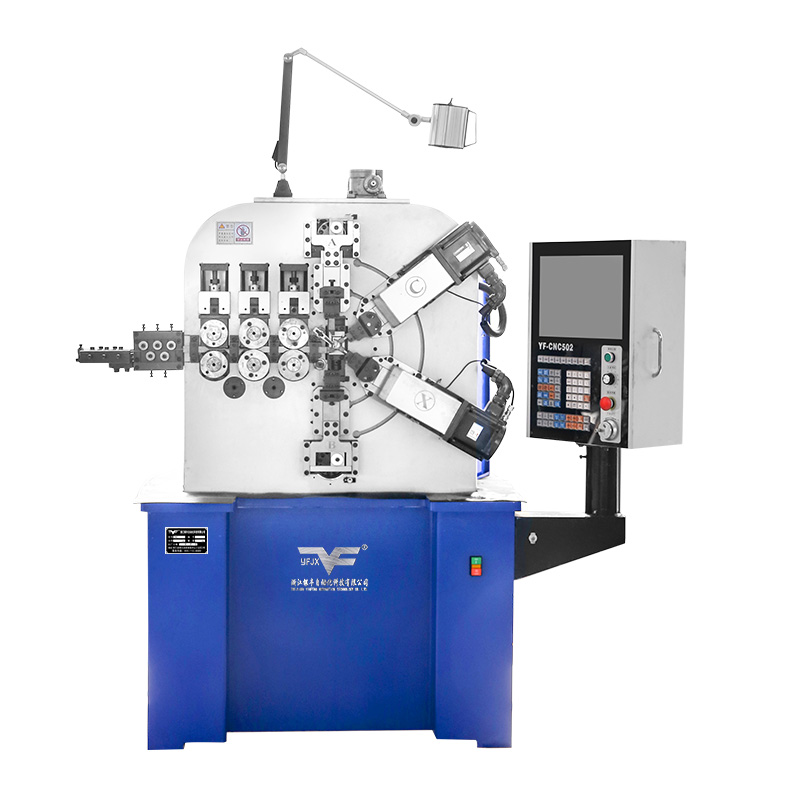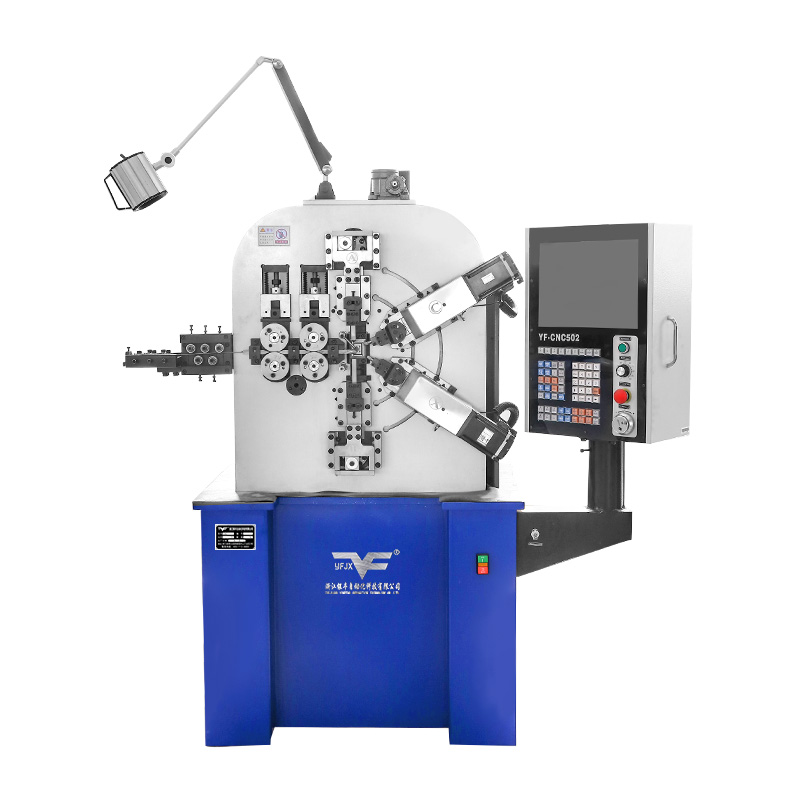What Are the Key Features to Look for in a Spring Manufacturing Machine to Ensure Better Performance?
Industry News-The world of manufacturing is a complex tapestry of machinery, each designed to perform a specific task with very precision. Among these, spring manufacturing machines, spring roll making machines, and spring winding machines stand out for their critical role in creating components that are integral to a vast array of industries. To ensure better performance, it is crucial to identify the key features that these machines must possess.
Durability and Material Quality
The foundation of any high-performing spring manufacturing machine lies in its durability and the quality of materials used in its construction. Robust steel frames and precision-engineered components not only extend the machine's lifespan but also ensure that it can withstand the rigors of continuous operation. Investing in a machine that is built to last is a decision that pays dividends in the long run, reducing downtime and maintenance costs.
Advanced Control Systems
In the digital age, the integration of advanced control systems in spring manufacturing machines is a game-changer. These systems allow for greater precision in the manufacturing process, enabling the production of springs with exacting specifications. Programmable logic controllers (PLCs) and user-friendly interfaces are key features that facilitate easy setup and operation, reducing the potential for human error and improving overall efficiency.
Customization Capabilities
The versatility of a spring manufacturing machine is often judged by its ability to produce a wide range of spring types and sizes. Machines that offer customization options, such as adjustable dies, multiple coiling heads, and variable speed settings, are highly desirable. These features allow manufacturers to produce a diverse range of springs, from simple compression springs to complex torsion springs, all on the same machine.
Automation and Integration
For high-volume production environments, the level of automation offered by a spring manufacturing machine is a critical consideration. Automated loading and unloading systems, as well as the ability to integrate with other manufacturing processes, streamline the production workflow. This not only increases output but also minimizes the need for manual intervention, reducing the risk of injury and improving workplace safety.
Energy Efficiency
In today's environmentally conscious manufacturing landscape, energy efficiency is a key feature to look for in any machinery. Spring manufacturing machines that are designed to consume less power while maintaining high performance levels are not only cost-effective but also contribute to a company's green credentials.
After-Sales Support and Service
The support provided by the manufacturer after the purchase of a spring manufacturing machine is just as important as the machine's features. Reliable after-sales service, including prompt maintenance and repair, as well as access to spare parts, ensures that the machine remains operational and performs at its for years to come.
Ergonomic Design
The design of a spring manufacturing machine should not only focus on functionality but also on the comfort and safety of the operators. Ergonomic controls, clear visibility of the working area, and easy access to the machine's components are features that enhance the user experience and contribute to a safer working environment.
Precision and Accuracy
At the heart of every spring manufacturing machine is its ability to produce springs with high precision and accuracy. Features such as laser measurement systems, high-resolution encoders, and precision-ground components ensure that each spring produced meets the tightest tolerances.
Flexibility in Material Handling
The ability to handle a variety of wire materials and diameters is a significant advantage in a spring manufacturing machine. This flexibility allows manufacturers to produce springs for a wide range of applications without the need for multiple machines.
Innovation and Upgradability
The manufacturing industry is constantly evolving, and so should the machinery used within it. Spring manufacturing machines that are designed with innovation in mind, offering the possibility of upgrades and the integration of new technologies, ensure that the machine remains at the forefront of manufacturing capabilities.
From durability and advanced control systems to customization capabilities and energy efficiency, each of these features plays a vital role in the machine's ability to meet the demands of high-volume production. By focusing on these key attributes, manufacturers can make an informed decision that will drive efficiency, reduce costs, and enhance the quality of their spring products.

 English
English русский
русский Español
Español 简体中文
简体中文